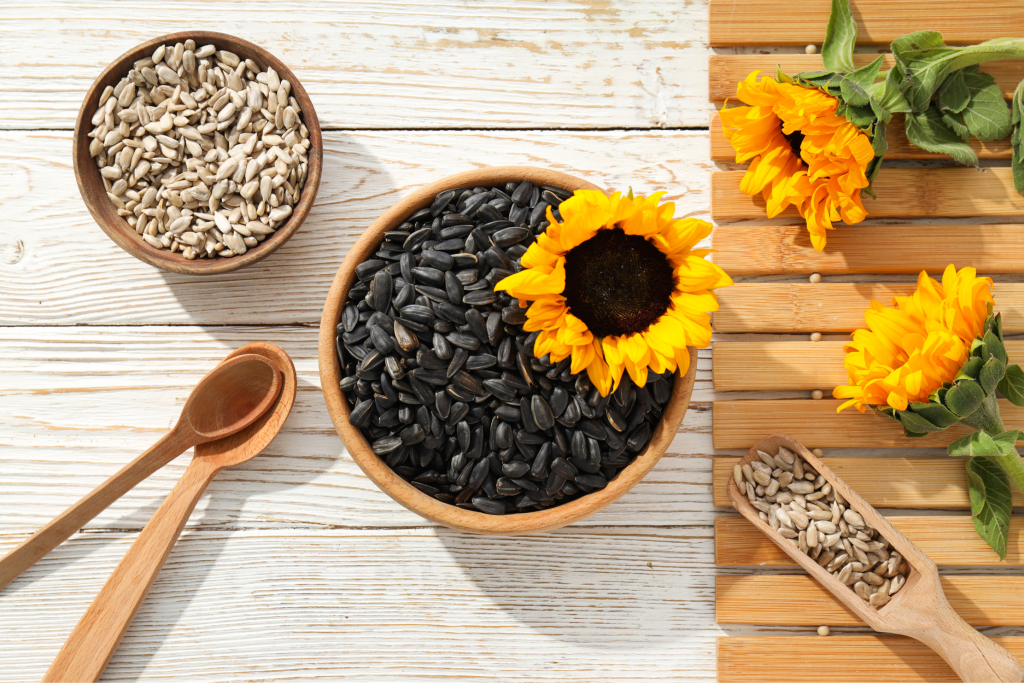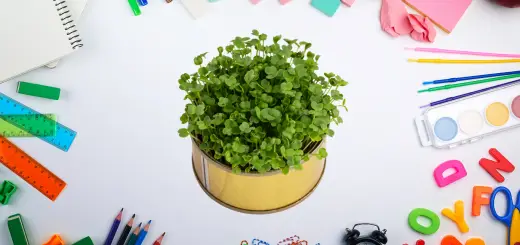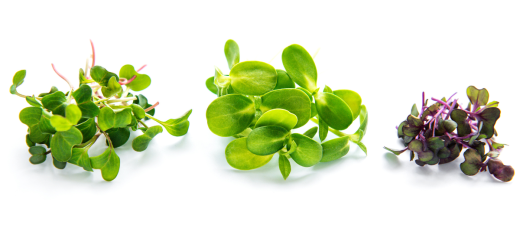Sunflower Microgreens: Everything You Need to Know to Grow Them
Hello everyone! We’re continuing our series where we explain how to grow different types of microgreens. In each post, we go over their characteristics, step by step instructions, and some practical tips based on our own experience.

As we mentioned in previous articles, sunflower microgreens are one of the newest varieties we’ve introduced in our garden. What caught our attention the most is that the seeds are literally the same ones you’d buy at the supermarket, and you can even eat them as they are!
Sunflower microgreens are among the most popular and versatile: they have a mild, slightly nutty flavor and a crunchy texture that makes them an excellent addition to salads, wraps, sandwiches, or even as a healthy snack on their own. On top of that, their nutritional value is impressive: they’re packed with protein, B vitamins, vitamin E, zinc, and iron.
What You’ll Need
- Black sunflower seeds (not roasted or salted, specifically for sprouting or microgreens).
- Growing trays – flat and shallow, with or without drainage holes.
- Growing medium – potting soil, coconut coir, or a mix for germination.
- Spray bottle or fine-mist watering can.
- Natural sunlight or LED grow lights – sunflowers need good light to grow strong.
Step-by-Step Guide to Growing Sunflower Microgreens
1. Prepare the seeds
Unlike other varieties, sunflower seeds germinate best if you soak them for 8–12 hours before sowing. This speeds up and evens out germination.
2. Prepare the tray
We don’t want to sound repetitive, but make sure to clean it well before use. Add an even layer of your chosen growing medium and lightly moisten it.
3. Sow the seeds
Spread the seeds evenly across the surface. Sunflower seeds are quite large, so try not to crowd them too much. You don’t need to cover them with soil, just make sure they’re in good contact with the substrate.
4. Blackout period
Cover the tray with another inverted tray or a piece of cardboard. This step is important to help the roots establish and the stems grow strong. Keep them covered for 3–4 days.
5. Careful watering
Spray water once or twice a day, keeping the soil moist but not soaked. Sunflower seeds can be prone to mold if overwatered.
6. Light and ventilation
Once the sprouts emerge, remove the cover and place the tray in a well-lit spot or under LED grow lights. Make sure there’s good airflow around the plants.
7. Daily care
Keep the substrate moist but not waterlogged. In just a few days, you’ll see the plants develop bright green leaves and juicy stems.
8. Harvest time
In 7–12 days, your sunflower microgreens will be ready to harvest. Use clean scissors to cut just above the soil line.
And that’s it!
We’ll be back with our next article about chickpea microgreens. Just like sunflower seeds, which are literally the same ones you snack on, what surprised us about chickpea microgreens is that their seed is, quite simply, a chickpea. Fun and fascinating!
See you next time, friends!
Carlota







